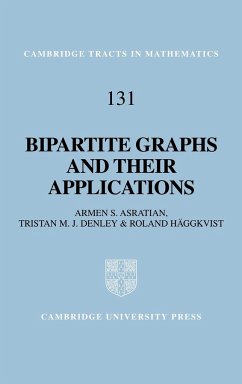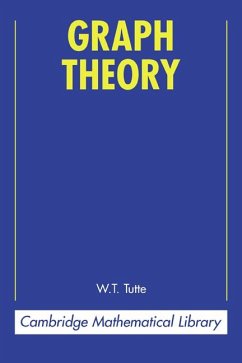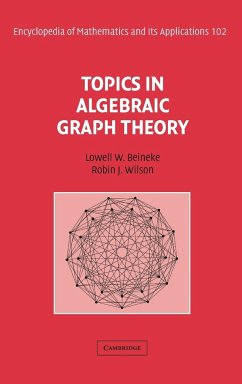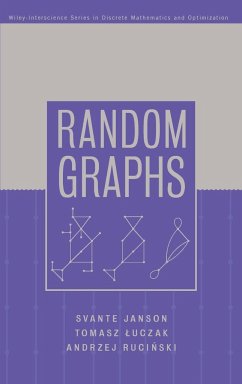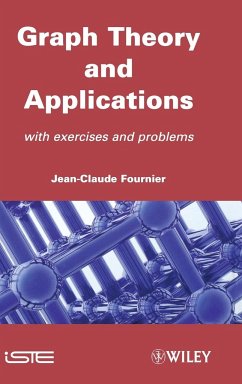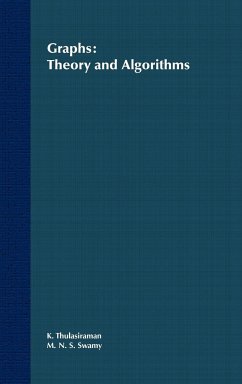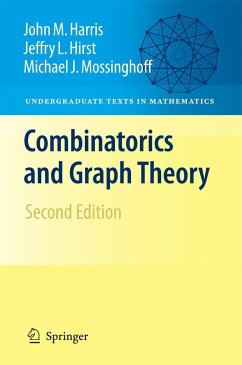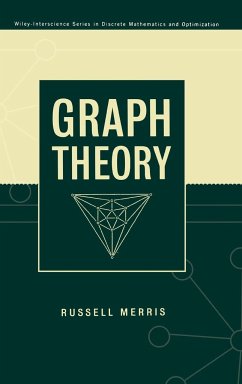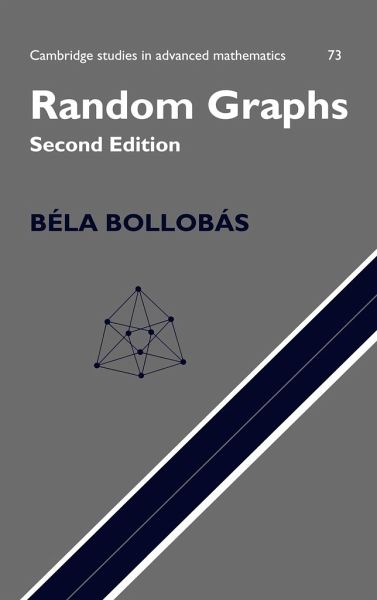
Random Graphs
Versandkostenfrei!
Versandfertig in 1-2 Wochen
247,99 €
inkl. MwSt.
Weitere Ausgaben:

PAYBACK Punkte
124 °P sammeln!
This is a new edition of the now classic text. The already extensive treatment given in the first edition has been heavily revised by the author. The addition of two new sections, numerous new results and 150 references means that this represents an up to date and comprehensive account of random graph theory. The theory (founded by Erdös and Rényi in the late fifties) aims to estimate the number of graphs of a given degree that exhibit certain properties. It not only has numerous combinatorial applications, but also serves as a model for the probabilistic treatment of more complicated random...
This is a new edition of the now classic text. The already extensive treatment given in the first edition has been heavily revised by the author. The addition of two new sections, numerous new results and 150 references means that this represents an up to date and comprehensive account of random graph theory. The theory (founded by Erdös and Rényi in the late fifties) aims to estimate the number of graphs of a given degree that exhibit certain properties. It not only has numerous combinatorial applications, but also serves as a model for the probabilistic treatment of more complicated random structures. This book, written by an acknowledged expert in the field, can be used by mathematicians, computer scientists and electrical engineers, as well as people working in biomathematics. It is self-contained, and with numerous exercises in each chapter, is ideal for advanced courses or self study.
Table of contents:
1. Probability theoretic preliminaries; 2. Models of random graphs; 3. The degree sequence; 4. Small subgraphs; 5. The evolution of random graphs - sparse components; 6. The evolution of random graphs-the giant component; 7. Connectivity and components; 8. Long paths and cycles; 9. The automorphism group; 10. The diameter; 11. Cliques, independent sets and colouring; 12. Ramsey theory; 13. Explicit constructions; 14. Sequences, matrices and permutations; 15. Sorting algorithms; 16. Random graphs of small order.
This is a new edition of a now classic text. The addition of two new sections, numerous new results and over 150 references mean that this represents an up-to-date account of random graph theory. Suitable for mathematicians, computer scientists and electrical engineers, as well as people working in biomathematics.
This is a revised and updated version of the classic first edition.
Table of contents:
1. Probability theoretic preliminaries; 2. Models of random graphs; 3. The degree sequence; 4. Small subgraphs; 5. The evolution of random graphs - sparse components; 6. The evolution of random graphs-the giant component; 7. Connectivity and components; 8. Long paths and cycles; 9. The automorphism group; 10. The diameter; 11. Cliques, independent sets and colouring; 12. Ramsey theory; 13. Explicit constructions; 14. Sequences, matrices and permutations; 15. Sorting algorithms; 16. Random graphs of small order.
This is a new edition of a now classic text. The addition of two new sections, numerous new results and over 150 references mean that this represents an up-to-date account of random graph theory. Suitable for mathematicians, computer scientists and electrical engineers, as well as people working in biomathematics.
This is a revised and updated version of the classic first edition.





